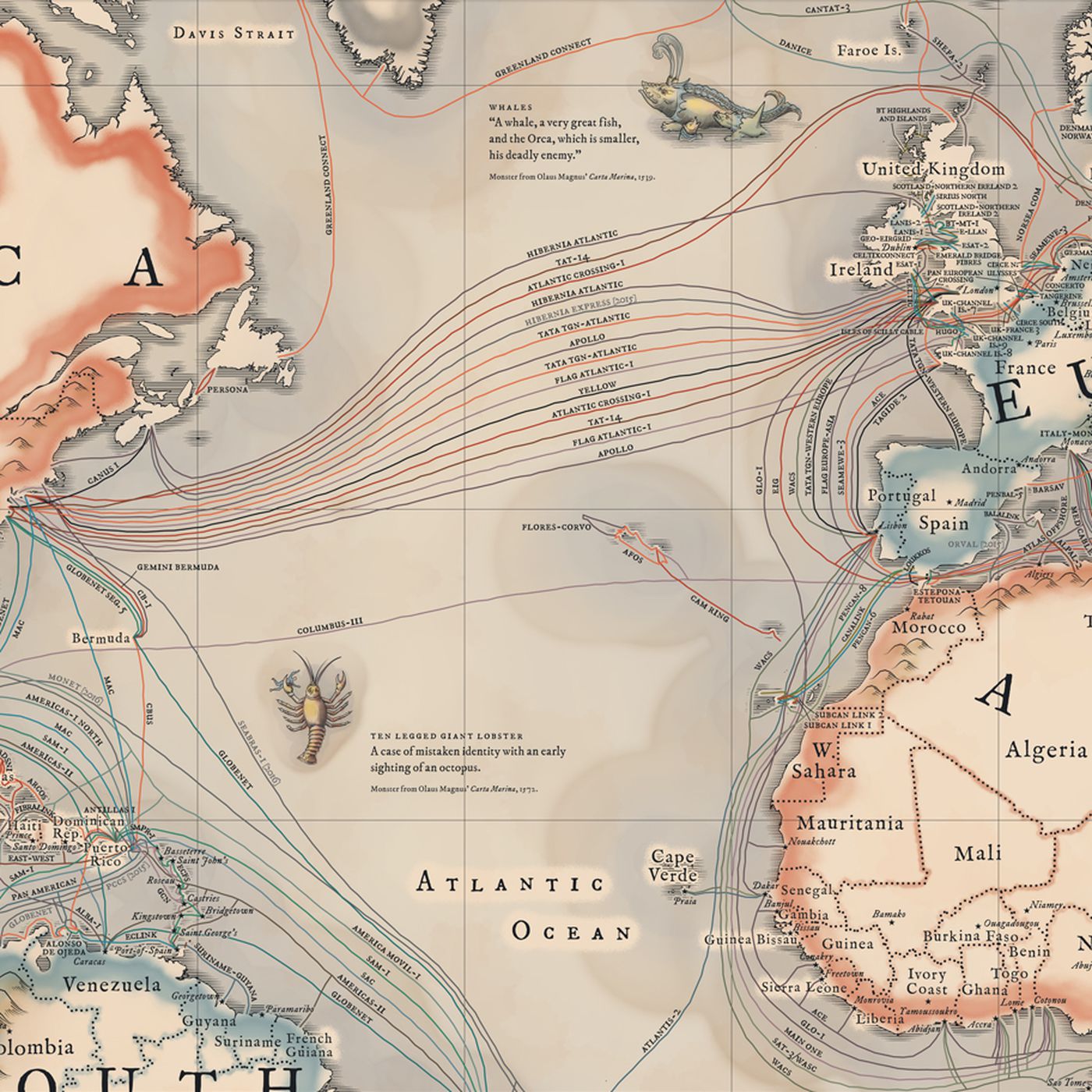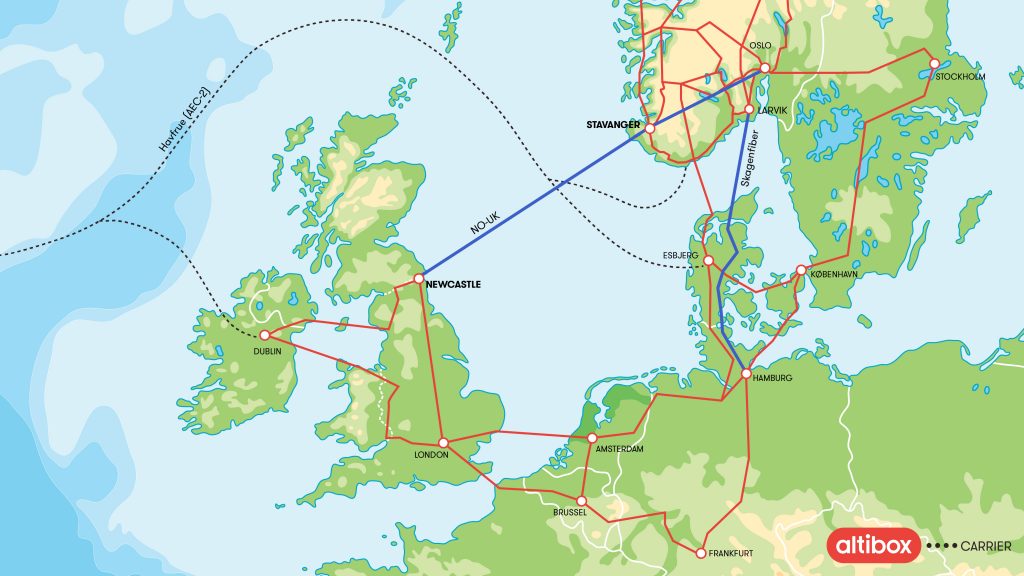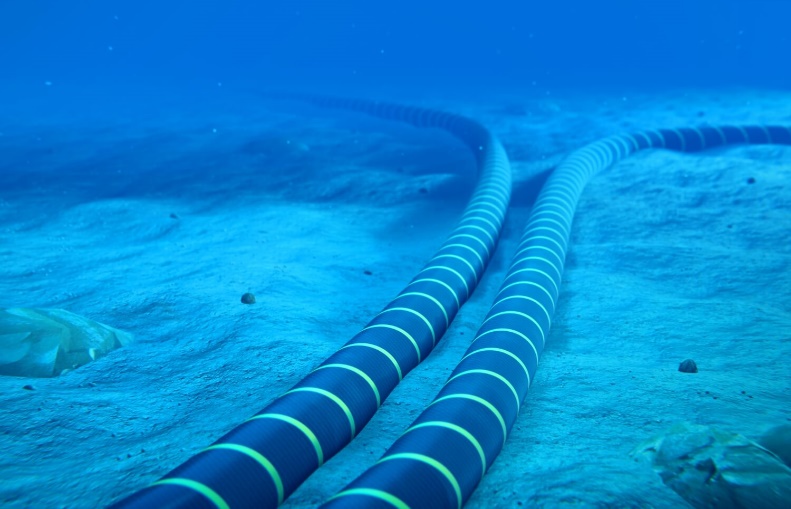Due to the early systems’ differing levels of over-engineering and the earliest cables had first picked on the best sea beds and landings, they are still desirable and practical as communication linkages today. Most still have a lot of room for improvement. These networks often span 200–300 kilometres, which allows them to stretch between the British Isles and the UK’s close European neighbours, France, Belgium, and the Netherlands. Because these lines are point-to-point and travel through shallow water that is regularly transported and fished, they require strongly armoured cable and effective cable placement if damage and outages are to be prevented.

First Telegram from British Isles
The very first transatlantic cable was a technological wonder for its day, but by today’s standards, it was startlingly archaic. A special tool called a galvanometer was required to detect the weak signals since they were sent through the cable at such a low level.
Queen Victoria’s 99-word telegraph from the British Isles to Newfoundland was sent in a very arduous 17 hours and 40 minutes.
Instead of speeding up the transmission, an attempt to increase the cable’s power severely destroyed the copper wire.
Despite these obstacles, underwater cables soon gained popularity and developed due to the ability to carry communications across continents in hours or minutes rather than the weeks it would take by ship and horse.
At Porthcurno, Cornwall, several intercontinental undersea telegraph cables for the UK came ashore, transforming that region of southwest England into a centre of telecommunications expertise.
In 1870, an undersea cable was built to connect Porthcurno with Malta. A cable installed two years earlier, in 1868, by the same business connected Alexandria in Egypt to Malta.
The NO-UK undersea cable system claims a record line rate
The NO-UK cable system has been revealed to have attained a record-breaking 800Gbps line rate, enabling the underwater link between Norway and the UK to bring its clients greater capacity, quicker speeds, and a cleaner offering through lower energy use.

The NO-UK Com partnership includes the operators Altibox Carrier, Lyse, Haugaland Kraft, Eviny, Ryfylke IKS, Green Mountain, Polysys, and Hatteland Group, which is constructing the fibre connection between Norway and the UK.
NO-open UK’s underwater cable system, with eight fibre pairs and a 700km length between Newcastle, UK, and Stavanger, Norway, was announced in June 2021. It is said to be the quickest low-latency direct submerged link between the two countries.
STI built the repeaters, and the Global Marine cable ship, the Normand Clipper, carried out the marine installation. NSW was the provider of the cable.
NO-UK is a component of a larger network of installed underwater and terrestrial (on land) cables that would link Newcastle to Norway, Ireland, continental Europe, and eventually the US.
Queen Scallops moved for internet cable
Off the coast of the Isle of Man, more than 500,000 queen scallops were captured and released to make room for installing an undersea cable.
On the seabed off Port Erin and Port Grenaugh, some 47 miles (75 km) of fibre optic cable had to be built; a portion of it passes quite near a protected scallop bed at Chicken Rock.
 The cable installation was part of a larger effort to build the 584-mile (940-kilometre) Havhingsten Telecommunication Cable, connecting the island to Ireland, the United Kingdom, and Denmark.
The cable installation was part of a larger effort to build the 584-mile (940-kilometre) Havhingsten Telecommunication Cable, connecting the island to Ireland, the United Kingdom, and Denmark.
